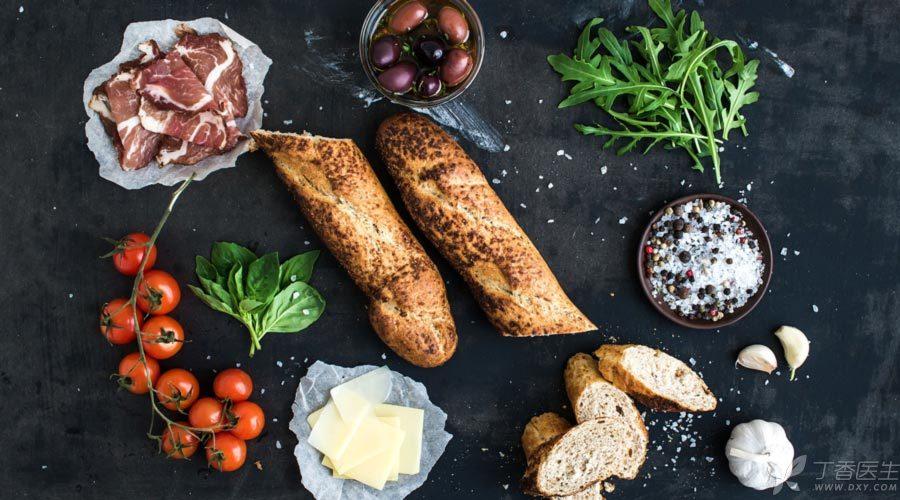
There are quite a few cooking pots on the market, including ceramics, iron pots, aluminum pots, stainless steel, non-stick pots, titanium alloy…
How should I choose the cooking pan? What about what?
Pottery pot
Pottery pots are one of the oldest tableware we have used. Pottery pots are mainly made of sand.
Advantages: Pottery pots have various colors and shapes, and are delicate, smooth and elegant. No rust, no decay, no water absorption, easy washing, strong decorative, can be used to cook a variety of dishes.
Disadvantages: fragile and easy to crack.
Rumor: The colored glaze of pottery pots contains heavy metals such as lead and cadmium. Long-term use has the risk of heavy metal poisoning, which may even seriously affect health.
Truth: Now there are strict requirements on the production process and quality of pottery pots, and there are also quality control on heavy metals such as lead and cadmium. As long as it is a qualified product, there is no need to worry. If economic conditions permit, lead-free glazed pottery pots can also be selected.
Iron Pot
Iron pots have dominated our kitchens for a long time, and the pots in most family kitchens are all iron.
Advantages: The price of the iron pot is low, and the casting process is relatively simple and convenient to use.
Disadvantages: It is relatively heavy and easy to rust. It is very hard, but it is also very brittle. It will not cause what problems if you knock lightly, but it will break if you knock hard or fall. Iron is not as strong in heat transfer as aluminum, and it will consume more firewood when cooking.
Rumor: Iron pots can replenish iron, so they can also replenish blood.
Truth: The [iron] dissolved from the iron pot is rarely absorbed and utilized by the human body. The effect of supplementing iron is not as good as eating pork, and enriching blood is even more unreliable.
Aluminium pot
Advantages: Compared with iron, aluminum has strong heat transfer ability, lightness and beauty. Therefore, aluminum pots are also popular with people.
Disadvantages: If the human body ingests too much aluminum, it may affect the health of bones and nervous system.
Health advice: In order to reduce the intake of aluminum, the use of aluminum pots, aluminum utensils and aluminum foil should be reduced as much as possible. Avoid containing acidic foods such as tomatoes and vinegar.
Stainless steel pot
Stainless steel is a metal made by mixing iron with other metals. It usually contains 10% ~ 30% chromium.
Advantages: Beautiful, if the iron pot is an ordinary youth, and stainless steel can be called Gao Shuai rich, Bai Fumei. Moreover, stainless steel pots are more durable than ordinary steel, with good corrosion resistance and high strength.
Disadvantages: The relative price is higher.
Rumor: Stainless steel pots will precipitate heavy metal manganese, leading to Parkinson’s disease.
Truth: China’s national standards have strict regulations on the migration level of manganese in stainless steel products. As long as they are qualified products, they will not cause health damage, let alone Parkinson’s disease.
Non-stick pan
In fact, the non-stick pan is not much different from the ordinary pan, but the inner surface of the pan is coated with an extra layer of coating, which can play an isolation role. The commonly used coating is polytetrafluoroethylene (PTFE), which is now known as Teflon.
Advantages: Convenient cleaning.
Disadvantages: The coating is [delicate] and cannot be scrubbed with steel wire balls during cleaning.
Rumor: The coating of the non-stick pan is poisonous.
Truth: The Teflon coating of the non-stick pan will not change in the temperature range from normal temperature to 260 ℃, and the daily cooking will not exceed 260 ℃. In general, as long as the cooking temperature is properly controlled, there is no need to worry about the decomposition of harmful substances by the Teflon coating of the non-stick pan, which can be used safely and will not endanger human health.
Titanium alloy pot
As the name implies, it is made of metal titanium alloy.
Advantages: The pot made of this material has high strength, good corrosion resistance and high heat resistance.
Disadvantages: expensive. Due to poor technological performance of titanium alloy, difficult cutting and complicated production process, titanium alloy pot is also much more expensive.
If the financial ability is sufficient, it is also good to buy this kind of pot.
How on earth do you choose the pot?
After reading the introduction of each pot, I believe you already have a favorite pot in your mind.
1. Choose according to your needs and actual situation
For example, if you want the pan to be convenient to clean, you’d better choose a non-stick pan. If the economic situation is good, titanium alloy can be selected.
2. Try to choose regular products
From formal channels, choose formal products, more security.
3. Different pots have slightly different effects on food materials.
Different pots have little effect on the nutrition of meat food, mainly on plant food.
Because the metal elements in the pan may dissolve out, it will affect the trace elements in the pan. For example, the iron precipitated in the iron pan will accelerate the oxidation of vitamin C.
Some studies have found that when cooking different vegetables with non-stick pots, iron pots and aluminum pots, non-stick pots have the highest retention rate of vitamin C in vegetables. The reason may be that the coating of non-stick pots can prevent metal elements in the pots from separating into vegetables and reduce the damage of vitamin C.
Therefore, if you want to retain more vitamin C, you may as well use a non-stick pan.
What needs to be reminded is that this loss of vitamin C is actually harmless and can be completely made up by eating more fresh fruits and vegetables.
